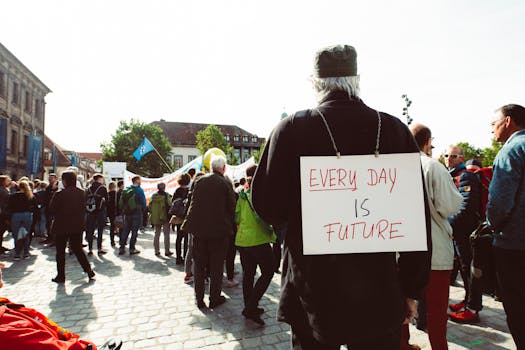
Urban Green Spaces: The Future of Outdoor Living in European Cities by 2025
Urban Green Spaces are becoming increasingly important in European cities, as they provide a tranquil escape from the hustle and bustle of urban life. By 2025, these green oases are expected to play a vital role in shaping the future of outdoor living in cities across the continent. In this article, we will explore the significance of urban green spaces and how they are being integrated into urban planning to promote sustainability and green infrastructure.
Introduction to Urban Green Spaces
Urban green spaces refer to areas of vegetation, such as parks, gardens, and green roofs, that are designed to provide ecological, recreational, and aesthetic benefits to urban residents. These spaces can range from small pocket parks to large urban forests, and can be found in both public and private areas. Urban green spaces are essential for maintaining biodiversity, mitigating the urban heat island effect, and improving air quality.
Benefits of Urban Green Spaces
The benefits of urban green spaces are numerous and well-documented. Some of the most significant advantages include:
- Improved mental health and well-being: Spending time in nature has been shown to reduce stress, anxiety, and depression.
- Increased physical activity: Urban green spaces provide opportunities for outdoor recreation, such as walking, cycling, and sports.
- Enhanced biodiversity: Urban green spaces can support a wide range of plant and animal species, helping to maintain ecosystem services.
- Climate change mitigation: Urban green spaces can help to reduce the urban heat island effect, absorb carbon dioxide, and produce oxygen.
European Cities Leading the Way
Many European cities are at the forefront of urban green space design and implementation. Cities such as Copenhagen, Stockholm, and Amsterdam have incorporated green infrastructure into their urban planning, with impressive results. These cities have demonstrated that urban green spaces can be both beautiful and functional, providing benefits for residents, visitors, and the environment.
Case Studies: Successful Urban Green Space Projects
Several successful urban green space projects can be found in European cities. For example:
- The High Line in London: An elevated park built on an old rail line, providing a unique green space for residents and visitors.
- The Superkilen park in Copenhagen: A public park that incorporates green spaces, playgrounds, and sports facilities, designed to promote social cohesion and community engagement.
- The Amsterdamse Bos in Amsterdam: A large urban forest that provides a peaceful escape from the city, with opportunities for walking, cycling, and outdoor recreation.
Challenges and Opportunities
Despite the many benefits of urban green spaces, there are also challenges to be addressed. These include:
- Funding: Implementing and maintaining urban green spaces can be costly, requiring significant investment from municipal governments and private stakeholders.
- Space: In densely populated cities, finding available space for urban green spaces can be a challenge.
- Community engagement: Encouraging community involvement and participation in urban green space design and maintenance is crucial for their success.
Conclusion
Urban green spaces are a vital component of sustainable and resilient cities. By 2025, these spaces will play an increasingly important role in shaping the future of outdoor living in European cities. As cities continue to grow and evolve, it is essential that urban green spaces are integrated into urban planning, providing benefits for residents, visitors, and the environment. By investing in urban green spaces, European cities can create healthier, more sustainable, and more livable communities for generations to come.





